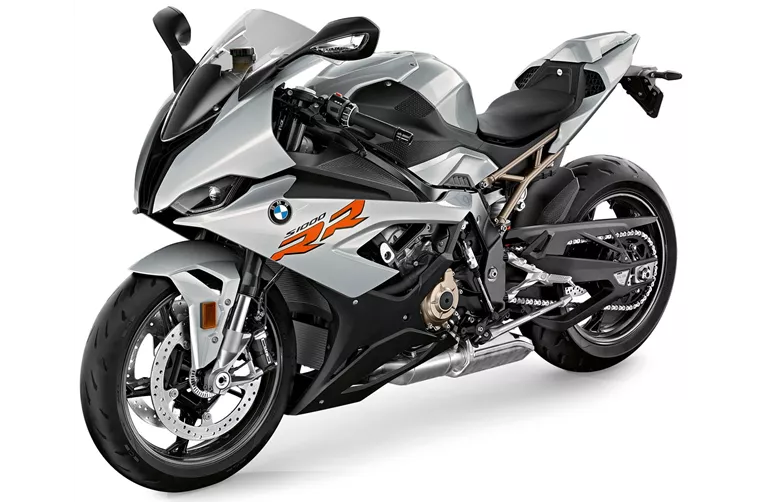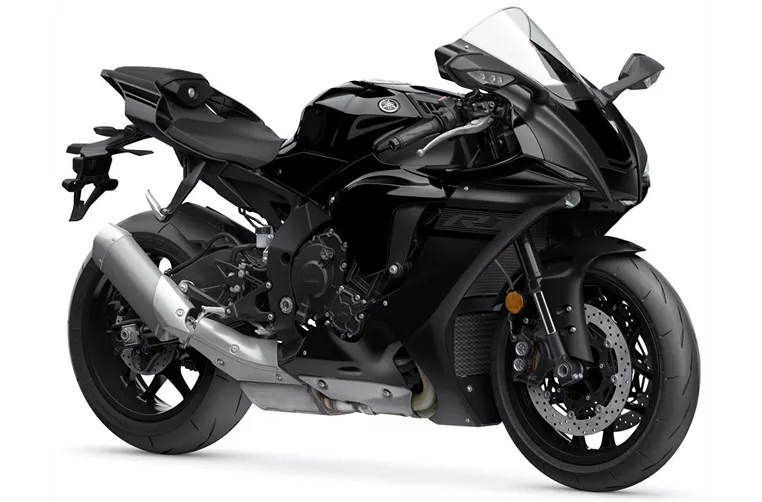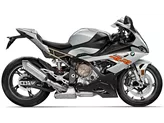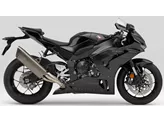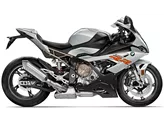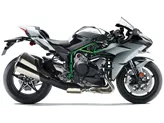BMW S 1000 RR 2020 vs. Yamaha R1 2020
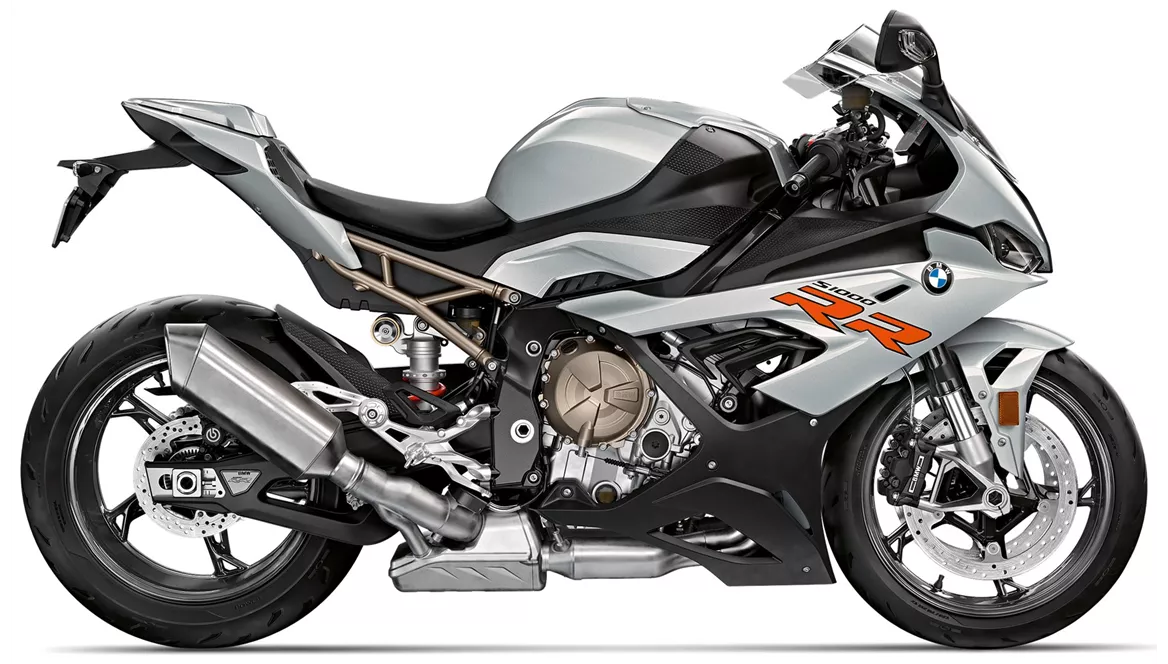
BMW S 1000 RR 2020
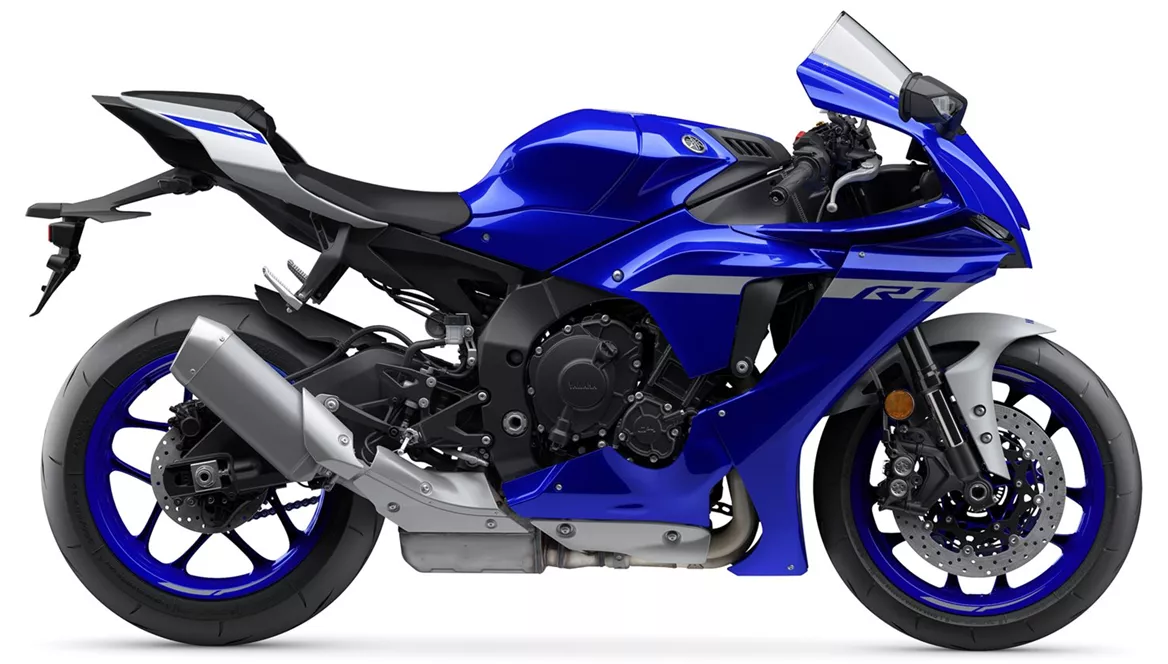
Yamaha R1 2020
Overview - BMW S 1000 RR 2020 vs Yamaha R1 2020
The BMW S 1000 RR 2020 and the Yamaha R1 2020 are both high-performance supersport motorcycles with similar technical specifications. However, there are some key differences between the two models.
Starting with the engine and drivetrain, the BMW S 1000 RR has a slightly larger bore of 80 mm compared to the Yamaha R1's 79 mm. This results in a higher engine power output of 207 HP for the BMW compared to 200 HP for the Yamaha. The torque figures are also slightly higher for the BMW at 113 Nm compared to 112.4 Nm for the Yamaha. Both bikes have a similar compression ratio of 13 and feature 4 cylinders and 4 valves per cylinder. The engine displacement is also quite close, with the BMW at 999 ccm and the Yamaha at 998 ccm.
In terms of suspension, both bikes feature upside-down telescopic forks at the front. The chassis of the BMW S 1000 RR is made of aluminum and has a twin tube, load-bearing engine design, while the Yamaha R1 features an aluminum Deltabox frame.

BMW S 1000 RR 2020
Both bikes have double disk brakes at the front, but the BMW S 1000 RR also offers advanced rider assistance systems such as ABS, riding modes, launch control, ride by wire, quickshifter, and traction control. The Yamaha R1 only offers launch control and traction control.
In terms of dimensions and weights, both bikes have the same front and rear tire width and diameter. The BMW S 1000 RR has a slightly longer wheelbase of 1441 mm compared to the Yamaha R1's 1405 mm. The seat height is also higher for the Yamaha R1 at 855 mm compared to 824 mm for the BMW. The kerb weight with ABS is slightly higher for the Yamaha R1 at 199 kg compared to 197 kg for the BMW. The fuel tank capacity is also slightly larger for the Yamaha R1 at 17 liters compared to 16.5 liters for the BMW.
In terms of strengths, the BMW S 1000 RR is praised for its very linear power delivery, wide rev range, and pleasant control. The ShiftCam technology also provides plenty of pressure in the lower rev range. It is also praised for its excellent Dynamic Damping Control (DDC), precision, and top performance. The electronics package is also highly regarded, and the bike is said to be a harmonious overall package both on the road and on the racetrack.
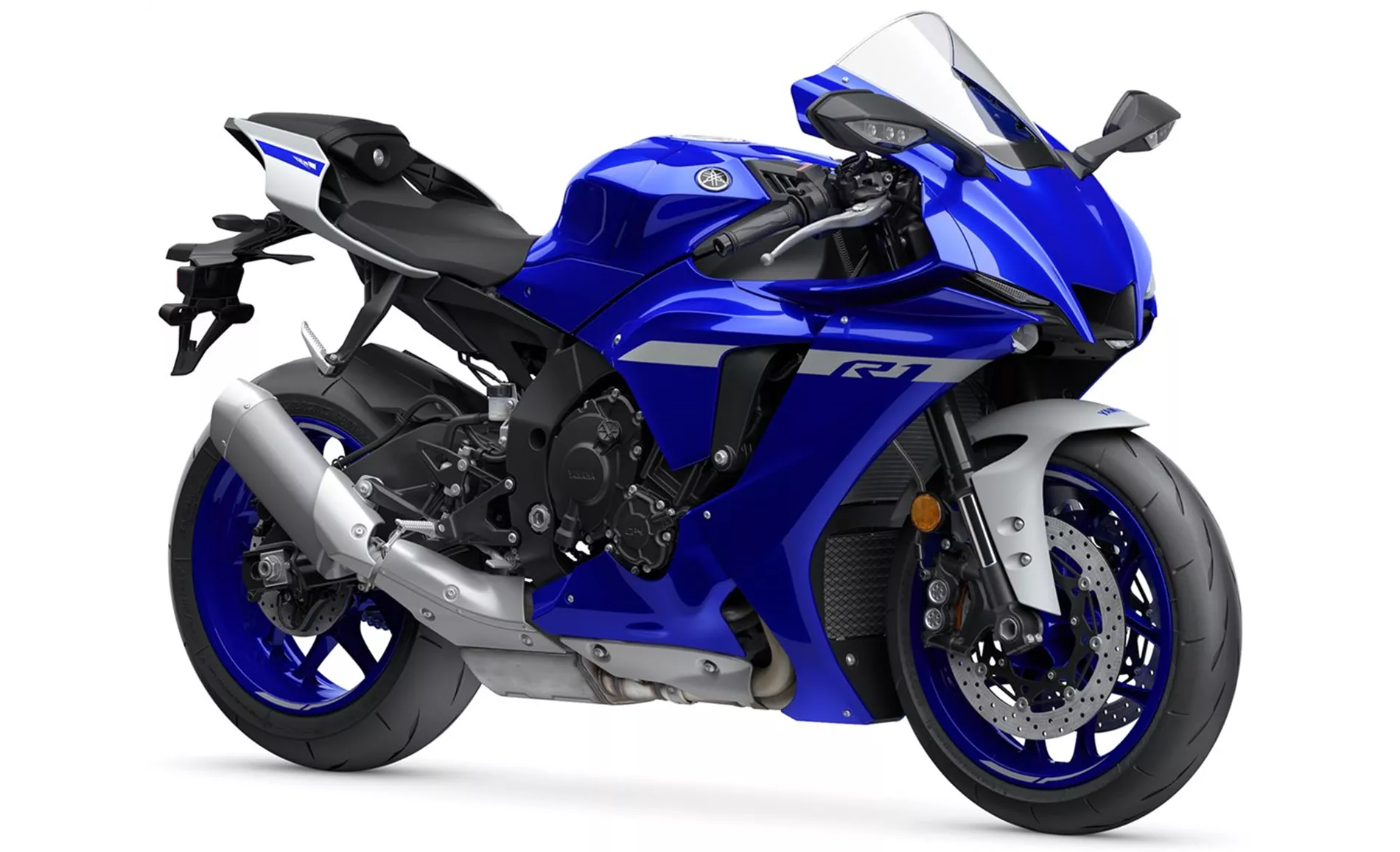
Yamaha R1 2020
On the other hand, the Yamaha R1 is praised for its powerful engine, clean response, great sound, stable chassis, and high-quality electronics. It is also described as having a wonderfully noble overall impression.
In terms of weaknesses, the BMW S 1000 RR is criticized for lacking a bit of character compared to other bikes in its class and for lagging behind on the spec sheet in direct comparison. The Yamaha R1 is said to have brakes that are not completely satisfactory on the racetrack.
Overall, both the BMW S 1000 RR 2020 and the Yamaha R1 2020 are highly capable supersport motorcycles with their own strengths and weaknesses. The choice between the two would ultimately depend on the rider's preferences and priorities.
Technical Specifications BMW S 1000 RR 2020 compared to Yamaha R1 2020
Pros and Cons in comparison
Pros and Cons in comparison
BMW S 1000 RR 2020
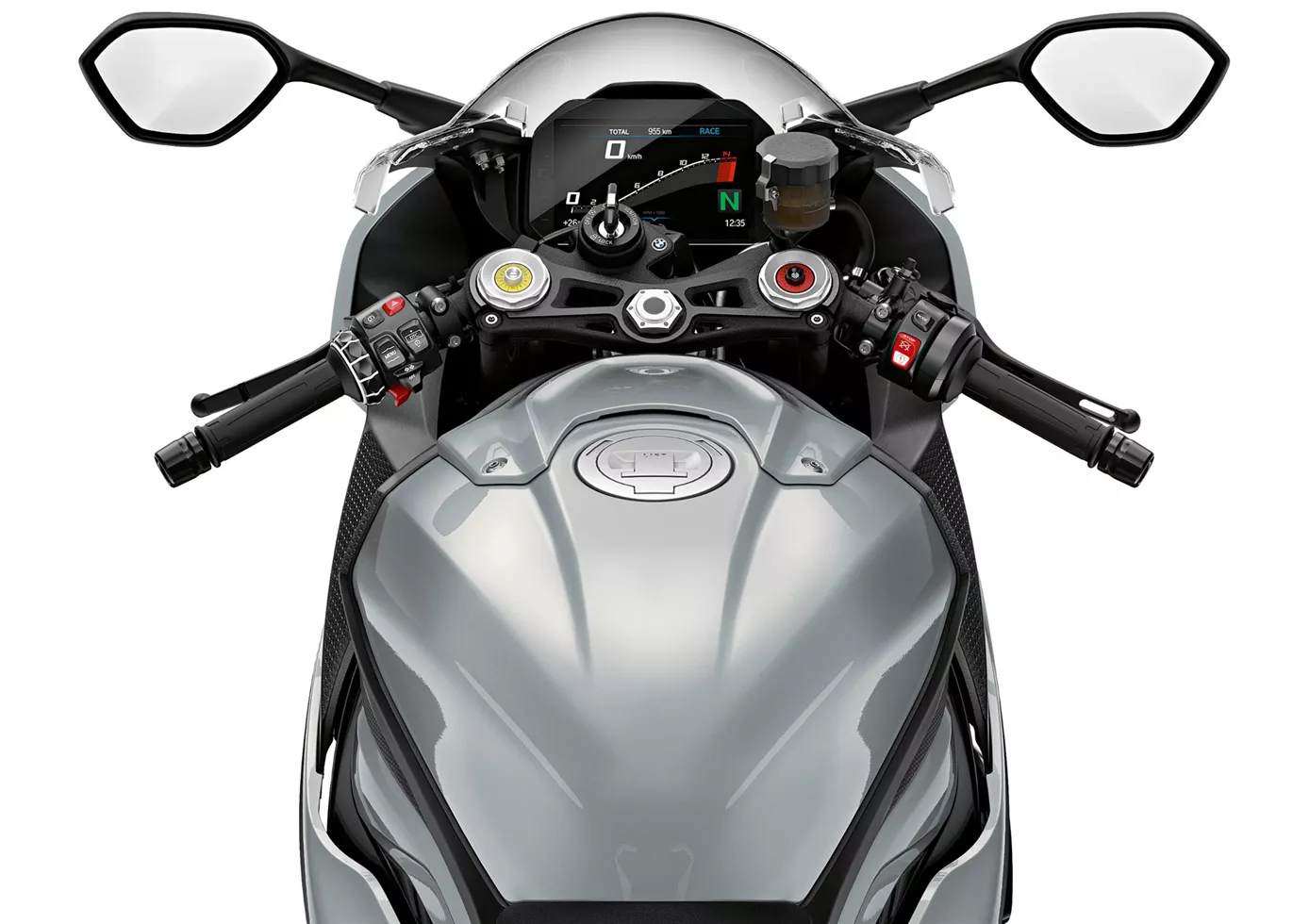
A real "all-rounder" superbike. The BMW knows how to play to its strengths both on the race track and on the country road. Thanks to variable camshaft control, the powerful engine is already convincing at the bottom end and accelerates harmoniously across the entire rev range, with plenty of power in every range. For the hobby pilot, the chassis certainly functions excellently in every situation, provides transparent feedback and offers many adjustment options. The seating position is sporty yet relatively comfortable. The electronics work very harmoniously without patronising the rider - TOP!
Yamaha R1 2020
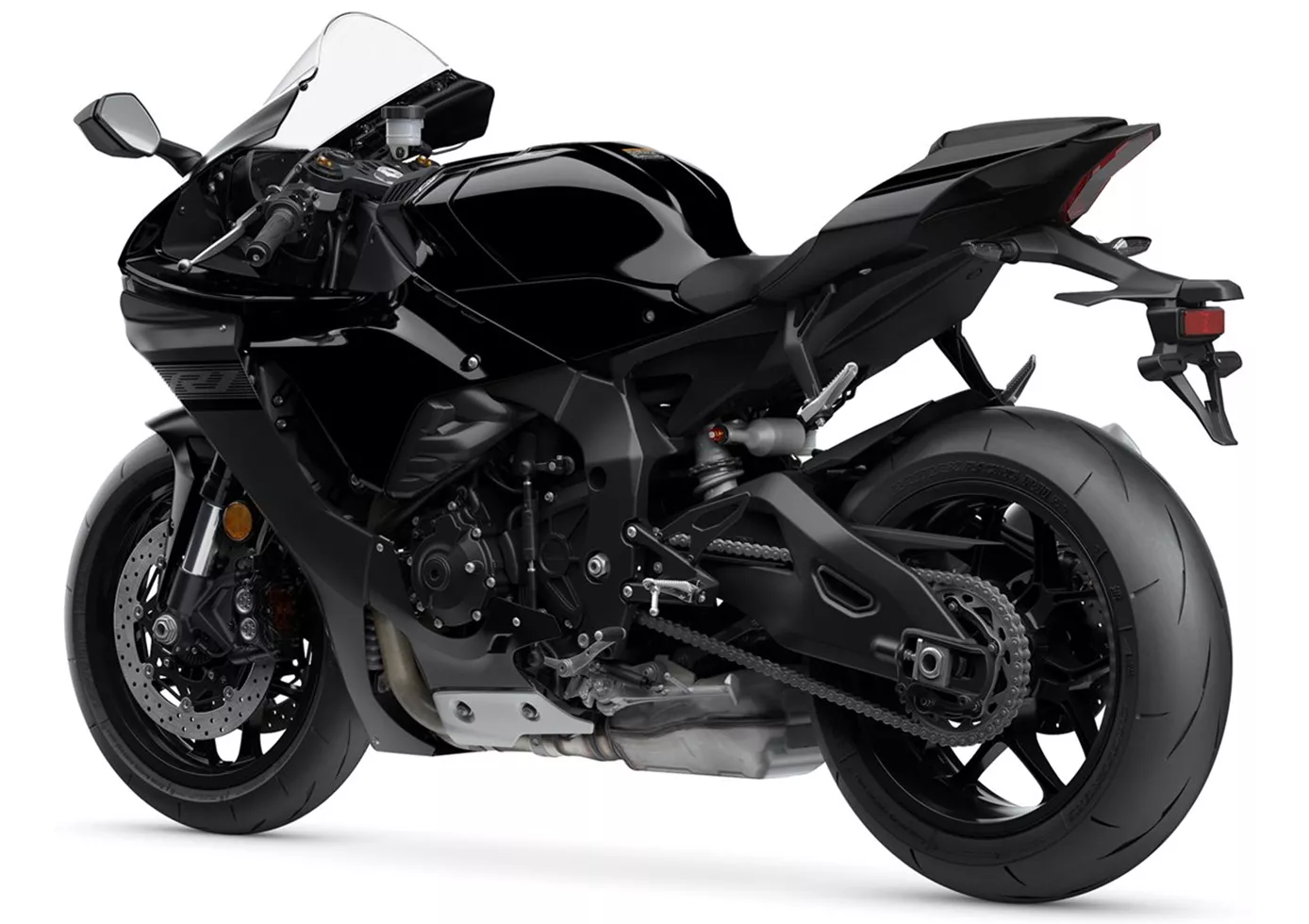
The Yamaha YZF-R1 is mature and makes countless racetrack pilots happy. The engine shines with lightness and agility, the seating position surprises positively and the handling is radical but still "suitable for the masses". The machine immediately stands out visually and also because of the heart-warming sound. Especially on the country road, the bike scores with its well-known strengths: great engine, great electronics, great package! A real pleasure to ride!
Price Comparison Avarage Market Price BMW S 1000 RR vs Yamaha R1
There are a few key differences between a BMW S 1000 RR 2020 and a Yamaha R1 2020. In terms of price, the actual average price of a Yamaha R1 2020 is about 6% higher. A BMW S 1000 RR 2020 experiences a loss of 430 USD in one year of ownership. This is offset by a loss of 1,240 USD for a Yamaha R1 2020. Compared to Yamaha R1 2020 there are more BMW S 1000 RR 2020 bikes available on the 1000PS.de Marketplace, specifically 16 compared to 9. It takes less time to sell a BMW S 1000 RR with 68 days compared to 86 days for a Yamaha R1. Since model year 2010 1000PS.de editors have written 135 reviews for the BMW S 1000 RR and 80 reviews for the Yamaha R1 since model year 2005. The first review for the BMW S 1000 RR was published on 4/16/2008 and now has more than 4,000 views. This compares to more than 3,900 views for the first review on Yamaha R1 published on 4/28/2003.
